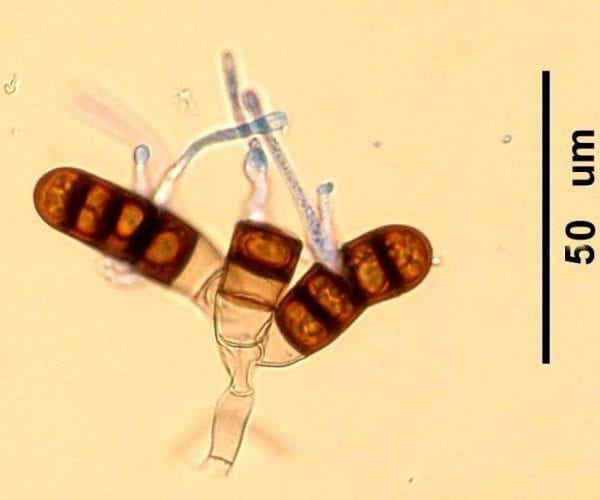‘What’s in a name?’
Shakespeare famously wrote those words and followed them with ‘That which we call a rose by any other name would smell as sweet’. Well the pathogen, Theleviopsis basicola, has undergone a reclassification and name change, but I doubt many of us would agree with the sentiment Shakespeare was implying when it comes to dealing with black root rot.
A checkered past
This is not the first time the black root rot causing fungus has found itself being called something else. In the 2017 paper by Nel et al., which has resulted in the latest name change, they point out that since 1850 T. basicola (as we have known it) has been part of seven different genera at one time or another.
The latest work to finalise the classification of the fungus has looked at the DNA sequence of six regions of the genome, across 41 isolates of the pathogen from five continents. The DNA analysis of the fungal isolates resulted in a phylogenic reassessment of the pathogen and, along with the culture morphology, the fungus was placed in the new genus, Berkeleyomyces, and split into two species, basicola and rouxiae.
Part of the authors’ justification for this new assignment includes work done in cotton in Australia. John Harvey, Elizabeth Aitken and Dave Nehl had proposed back in 2002 that there may well be two groups of T. basicola in our soils. This recent investigation implies that this may well be the case with the 41 isolates investigated being grouped into either Berkeleyomyces basicola or B. rouxiae. The morphology of these two fungi is incredibly similar and DNA sequence analysis is needed to separate them. David Backhouse has looked at the DNA sequence of some of the black root rot isolates that Lily Pereg has maintained at UNE and it appears, with the exception of one from carrot that we are primarily dealing with B. rouxiae. Of course we and others in the cotton industry may need to screen more isolates to be sure.
So what does it all mean?
Not much for many of you as the name change will not alter any of the research that has been and is being done to control this early season pathogen. However, if you are at a research update or just happen to be rubbing shoulders with some mycologists and you hear Berkeleyomyces rouxiae being discussed, don’t panic thinking there is a new pathogen in our systems, it’s the same old black root rot, it has just gotten itself a new name.




Recent Comments